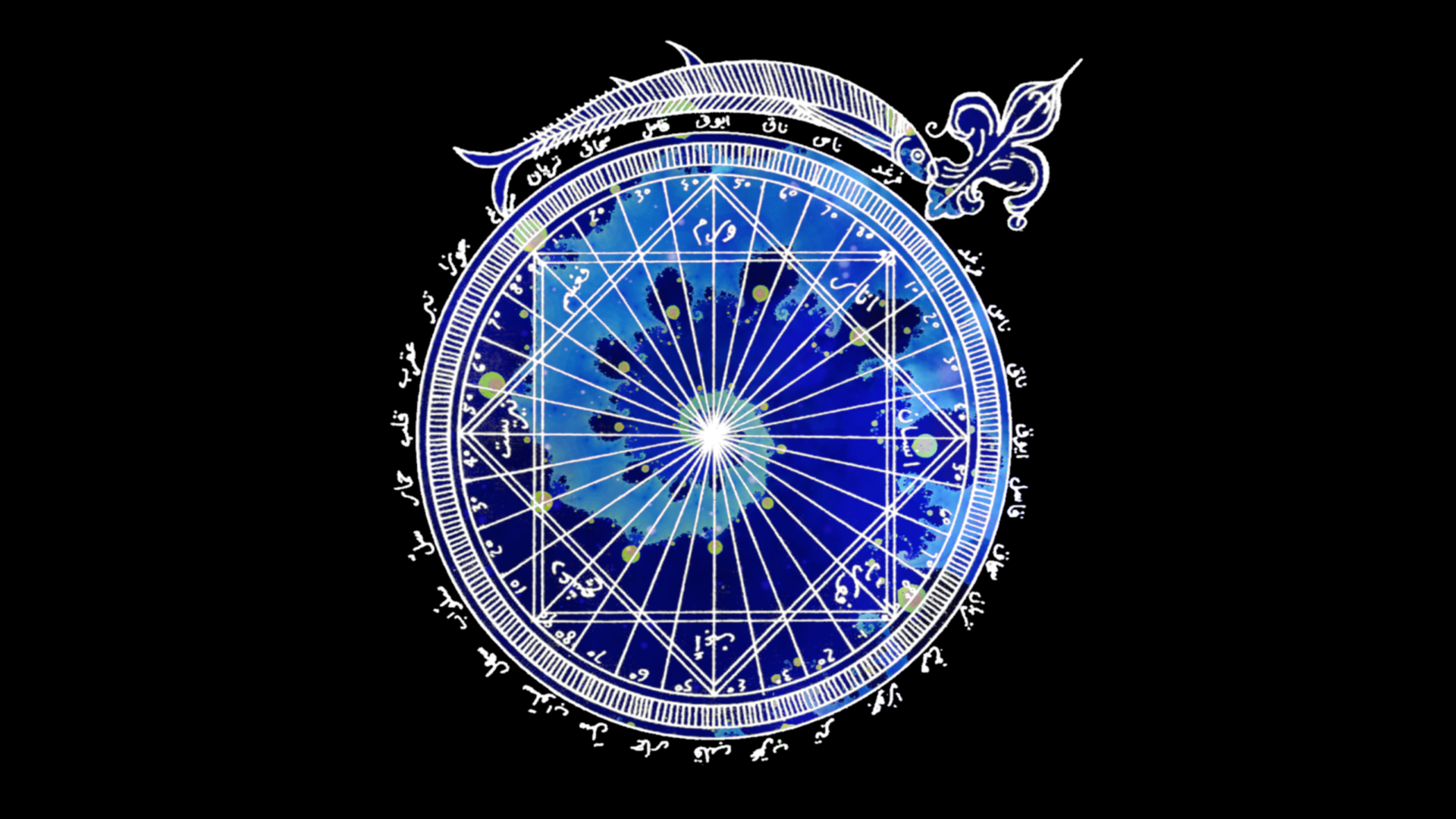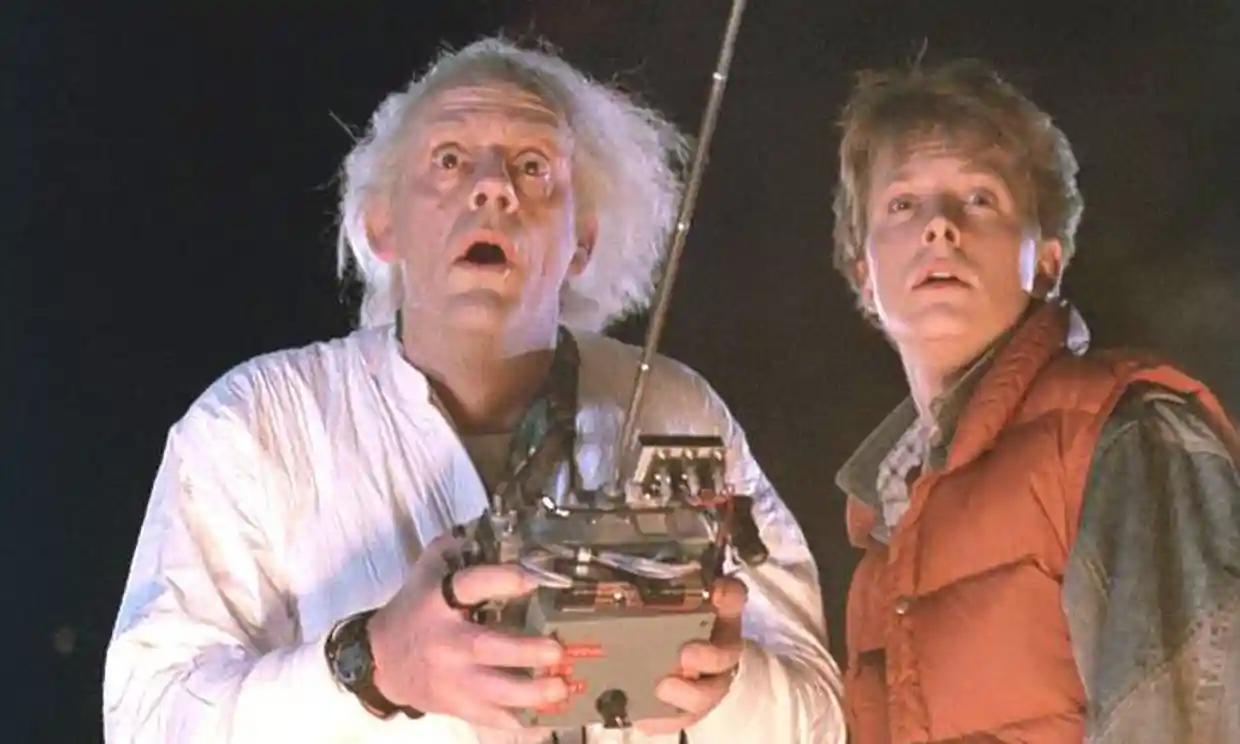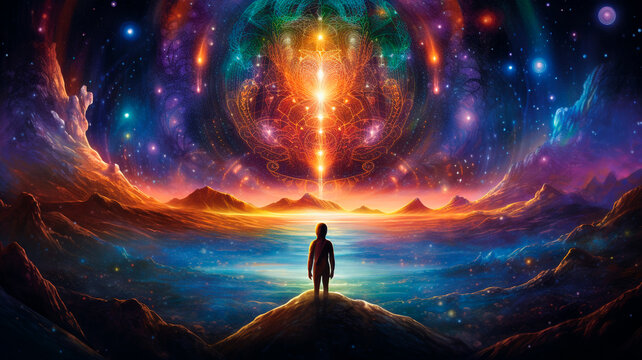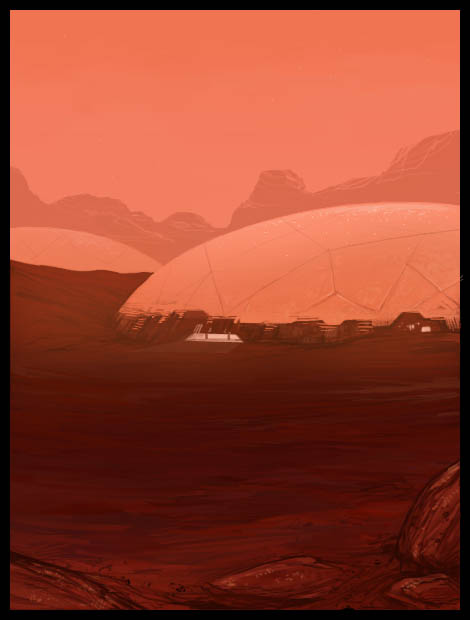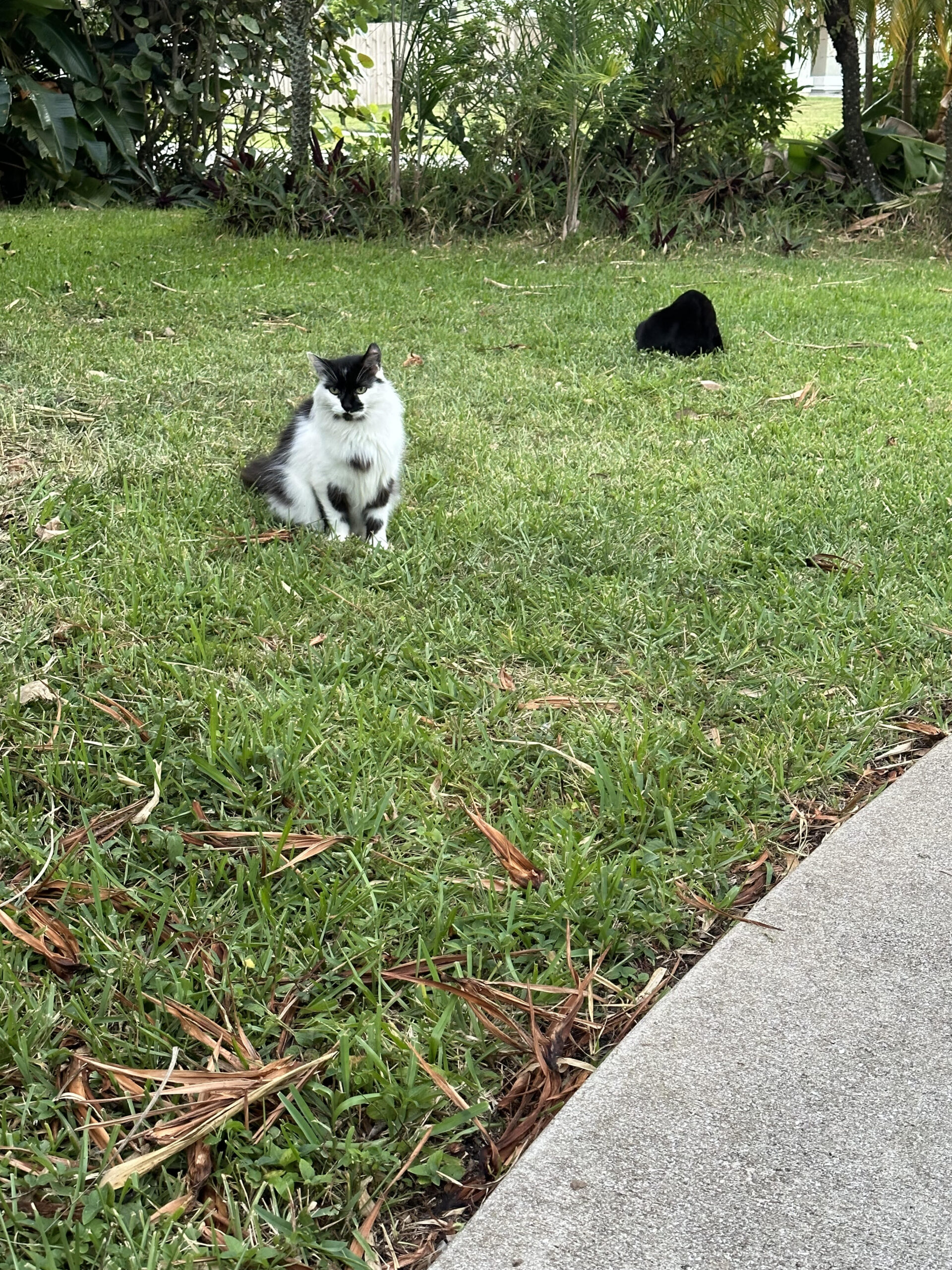
Our two cats, Beowulf and Nala, have such different histories it intrigues me that they are good buddies.
Nala was originally from the Palm Beach County Animal Care & Control and was fostered by our neighbor, Annette, when she was just a kitten. I met her when she could barely crawl. I’d never had a black cat before and fell in love with her. So on Christmas Day 2018, Rob &n Megan brought her to our house and gave her to me as a present.
During Covid, my sister, Mary, asked me to adopt one of the 3 cats whom she had rescued when they were feral some years before. At the time, they lived in her huge cellar in Marietta. So during a trip to visit her, I went down into this spacious cellar and shook a container of treats. The only one of the three who emerged to see who I was and what I wanted was a beautiful black and white cat, Beowulf. He head bumped my leg, I put a handful of cat treats in one of the bowls, and he munched, then looked up at me with these gorgeous topaz eyes and meowed.
When I went back upstairs, I told Mary I wanted to adopt Beo. Several months later, she drove to Orlando with Beo to make the transfer. We stayed a night at Meg’s, then the next day into a carrier Beo went again and we made the three hour drive home. He meowed the entire way. When I released him in the house, he made a beeline for the bedroom, ducked under the bed, and stayed there for 10 days.
When he came out, Nala greeted him and they darted off together into the family room – and through the open door. Ever since, the two of them dart outside in the morning and sometimes Beo chooses to stay outside overnight, relishing his newfound freedom. He doesn’t go far – out backyard, our neighbors’ backyard, the driveway. But it’s the stars, the moon, the smell of freedom that lures him.

He’s the more vocal of the two cats, Nala is the more loving. He likes Nigel, often head bumps with him and any other dog that comes into the house, instantly announcing, “Ok, dude, you’re here, you don’t have to chase me. Besides, I can climb trees.”
But Nala is the more loving, sidling up to Nigel for a lick, a nudge, a love pat. When she sleeps on our bed at night, she relishes being stroked, petted. Beo, on the other hand, endures a pet or two then nips at my hand.
I don’t think there’s any synchronicity here other than the fact that writing about this helps me clarify it in my own head. These relationships among animals of different species fascinate me.
In the early 2000s, we had Kali, a dusky conure, 2 different cats, and a different Golden, Jessie. Rob taught Kali to ride on Jessie’s back, pluck a treat from the counter and drop it into Jessie’s mouth. The cats watched in awe. This gang all got along. A dog, bird, cats. They were friends.
Can we humans ever manage to overlook our glaring differences and become friends like our pets do?

